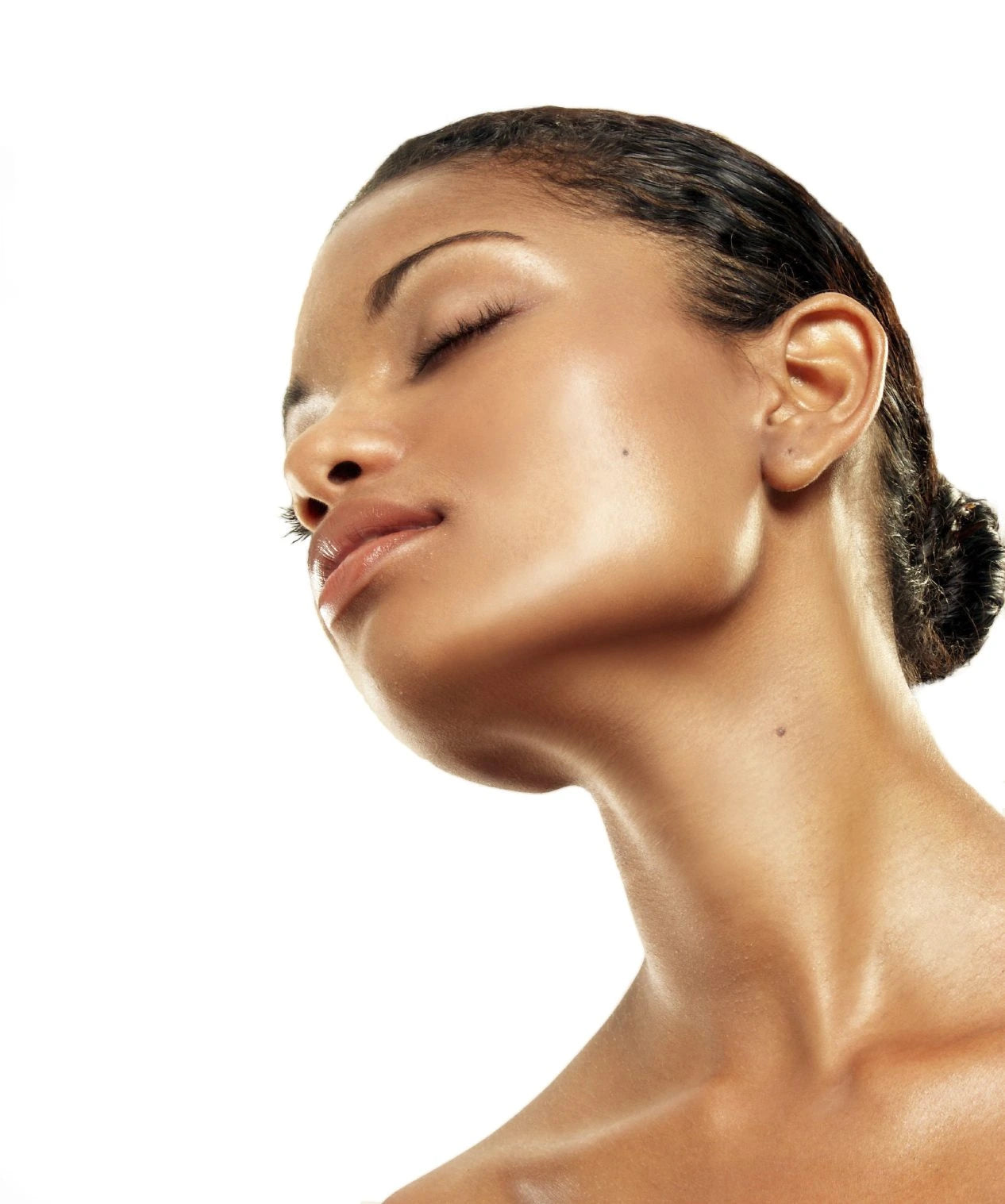Vitamin C is a key anti-aging skincare ingredient that helps to gently brighten and smooth your skin. It’s one of the most powerful antioxidants and helps protect your skin against free radical damage caused by the environment, which can breakdown the skin’s collagen. It also helps create scar tissue to aid the skin’s self repair.
L-Ascorbic acid, LAA (Vitamin C in its purest form) is a highly unstable ingredient so it can be challenging to work with in formulations. The stability of vitamin C in topical solutions is a concern, as exposures to air, heat, and/or light may slowly degrade vitamin C. It is unstable because it is such a great antioxidant (neutralises free radicals) – a very enthusiastic electron donor. Free radicals are atoms or molecules with an unpaired electron so they frantically seek opportunities to complete their odd electron. When a free radical steals an electron from one of the proteins in collagen, it causes a change in the chemical structure of the collagen therefore damaging the collagen. As a result, the skin begins to sag and wrinkle. LAA donates the electron the free radicals look for to prevent them from taking electrons from vital chemical compounds in the skin.
When Ascorbic acid oxidizes, it turns into yellow/orange Dehydro-L-Ascorbic Acid (DHAA), which can actually convert back to LAA through an enzymatic reaction in the presence of Glutathione in your skin. About 50% of the vitamin C found in normal skin is Dehydro-L-Ascorbic Acid, so the idea that LAA is somehow completely ineffective once it oxidises and changes colour is completely false.
On the other hand, if DHAA further oxidises, it will form a completely different molecule called Diketogulonic Acid, which then becomes Erythrulose. They are both irreversible and pretty much useless but will NOT cause any harm to the skin. If a LAA serum contains other antioxidants and stabilisers like Vitamin E and Ferulic Acid, they will significantly slow down the process of DLAA becoming Diketogulonic Acid. Studies have shown that even after exposure to significant light, heat and air, Ferulic acid remains an effective stabilizer for LAA. So you are advised to go for Ascorbic acid serums that contain stabilizers and other antioxidants like Ferulic Acid and Vitamin E.
It is also impossible to determine the potency of a LAA serum (that contains ferulic acid) by its colour because Ferulic Acid has a light yellowish brown color. Even the darkest of serums can still remain potent if they contain stabilisers and other antioxidants. Lastly, it is important the serum remains at the right pH (less than 3.5) remain effective, most LAA serums don’t pass this particular test.
Photo Credit: Into The Gloss


